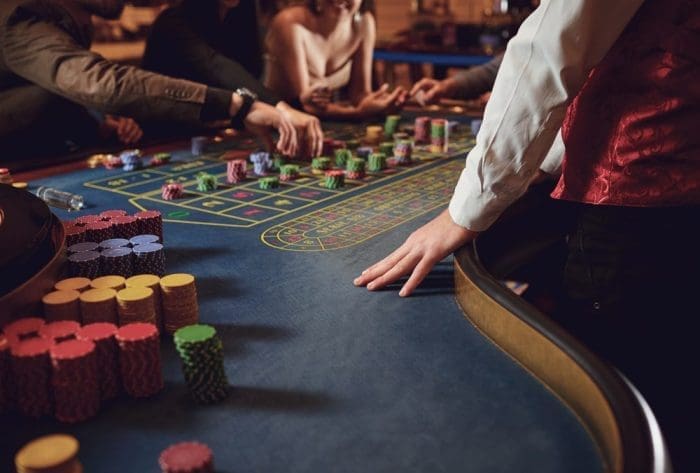Poker is a deep game that can take a lifetime to master. If mastery can ever truly be achieved at all. It requires skill, patience and calmness under pressure, but the most successful players also have an uncanny sense of reading their competitors around the table.
Along with a propensity for numbers and probabilities, professional poker stars often have a natural talent of retaining information, however small, that might give them the upper hand in a tournament. Some of this information is presented in the form of a tell.
A tell in poker is a behaviour or mannerism that indicates the strength of a player’s hand. Poker players must strive equally to recognise these mannerisms in other players and also hide their own tells so as not to divulge information to others.
It is thought that 60 million people in the US alone play online poker, and the game continues to receive such staggering support due to how nuanced it can be. Players are not merely pitting the strength of their cards against one another, there’s a parallel battle of psychology and wits that takes place at every poker table.
With four potential rounds of betting per hand, Texas hold ‘em poker is one of the most popular variants of the game and also one of the most difficult to become proficient at. Having an understanding of the various types of tells you’re likely to encounter can really raise your game.
Common Poker Tells

Poker tells can be divided into two principal categories: physical actions and verbal cues. Keep an eye out for each of them.
Fidgeting
Poker is a high-pressure environment and few of us, without years of practice, can successfully hide our feelings of discomfort or jubilation entirely. Unknowingly these emotions bubble to the surface and present in various physical forms.
Fidgeting is one example of this, where players might adjust their weight in their chair, reshuffling poker hands, sit up straighter or slouch down into themselves. The key is to recognise the physical action and keep it in the back of your mind until their cards are revealed.
You can then begin to make the association between the fidget and what it might mean. A few hands later and you can build a picture of how accurate and consistent this tell might be. One of the hardest skills is managing to do this for each player around the table while still concentrating on your own hand – and keeping hidden any tells of your own.
Changes in facial expressions
One of the most expressive parts of our body is our face, it contains up to 30 pairs of muscles which can be used to broadcast a broad range of emotions. AI has been used to analyse exactly what certain facial expressions mean within different cultures.
On receiving your “hole” cards it can be difficult to stifle a split-second grimace or wry smile and can relay information as to what has been received to your competitors. Also look for tells at the flop, the turn and the river since each of these moments represent a change in fortune for players around the table.
Betting
The betting theory is a complete branch of knowledge unto itself, with recommended raises depending on the strength of your hand represented as a percentage of the current pot. Betting increases can also be tells for certain players.
Some opponents will underbet good hands and overbet weaker ones and another player’s bluff might become obvious. Learning standard betting amounts give you a benchmark from which to measure how other players are behaving.
Verbal cues
Monitor changes in the way players talk or specific words they use upon receiving their cards – reactions like goading or showing visible irritation for example. Verbal cues can present as overconfidence when compensating for a weak hand, or a lack of verbal cues – staying silent – can indicate an unwillingness to give away any clues that a player has a particularly strong hand.
Some tells are individual to a single person while others might be more universal. You’ll build a catalogue of which is which the more games you have under your belt.
Other common tells include:
⦁ Watch for players that reach for their chips prematurely – before it is their turn to do so. This willingness usually means they have a good hand.
⦁ Double checking hole cards – usually indicates a weak hand among more hesitant players but is likely a strong hand otherwise. Since double checking is associated with a weak hand, it can be a bluff in itself.
⦁ Quick calls – are often an indication of a weak or medium strength hand.
Tells and Online Poker
Most physical tells remain concealed when playing online poker – aside from betting amounts – allowing for players to focus more on the game. Online poker can serve as a good training ground until one’s own play becomes second nature and then you can graduate to in-person tournaments where you can build a new set of skills around tells.
A good knowledge of tells helps the best poker players make informed decisions at the table. Less advanced players have a tendency to be engrossed in their own hand, while the pros are consistently comparing their hand against what their opponents are likely to be holding.
We’d like to acknowledge the contributions of Ed Ackins from BitcoinCasinoTop, as his advice helped us to find the material for this article.


